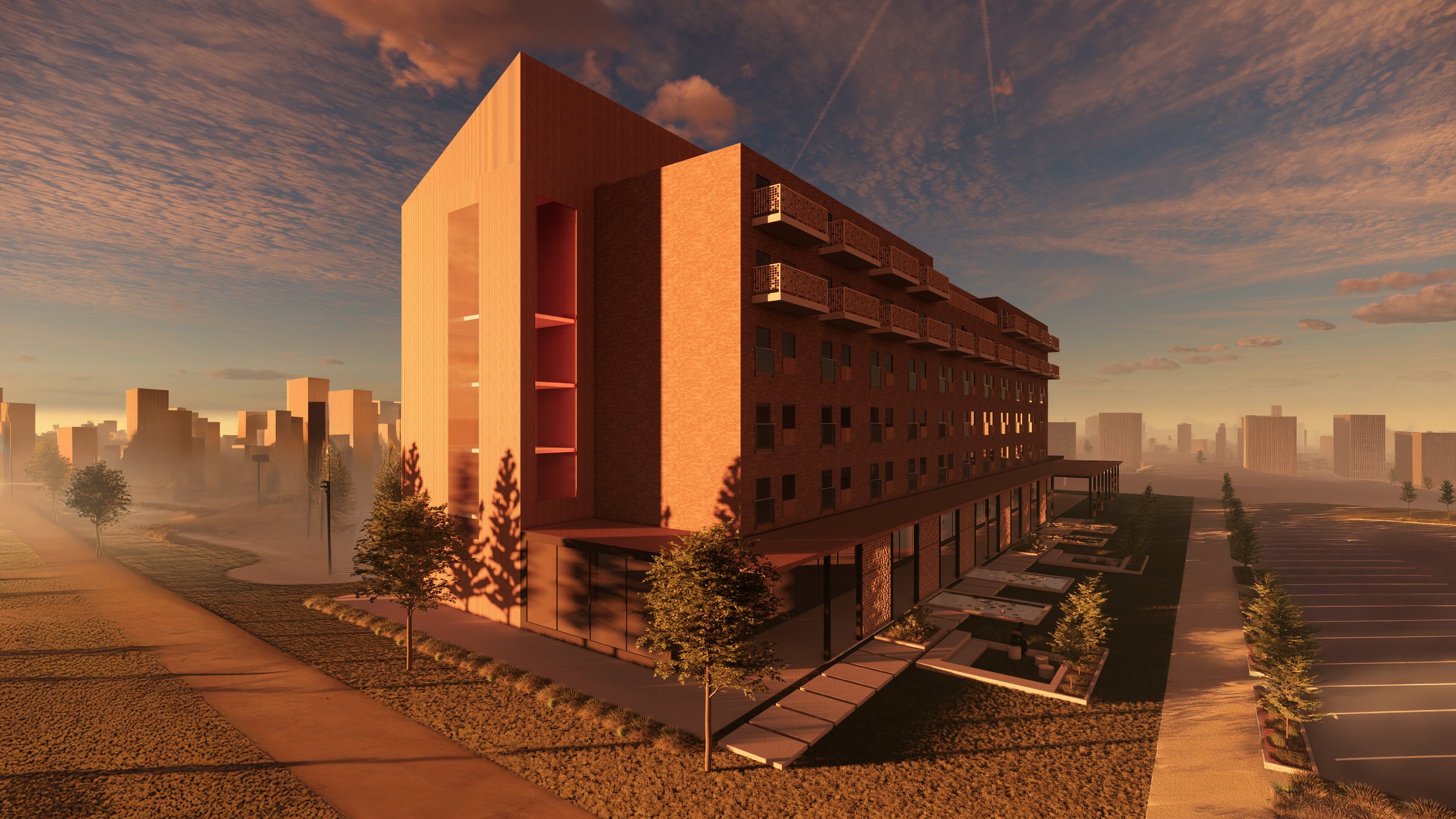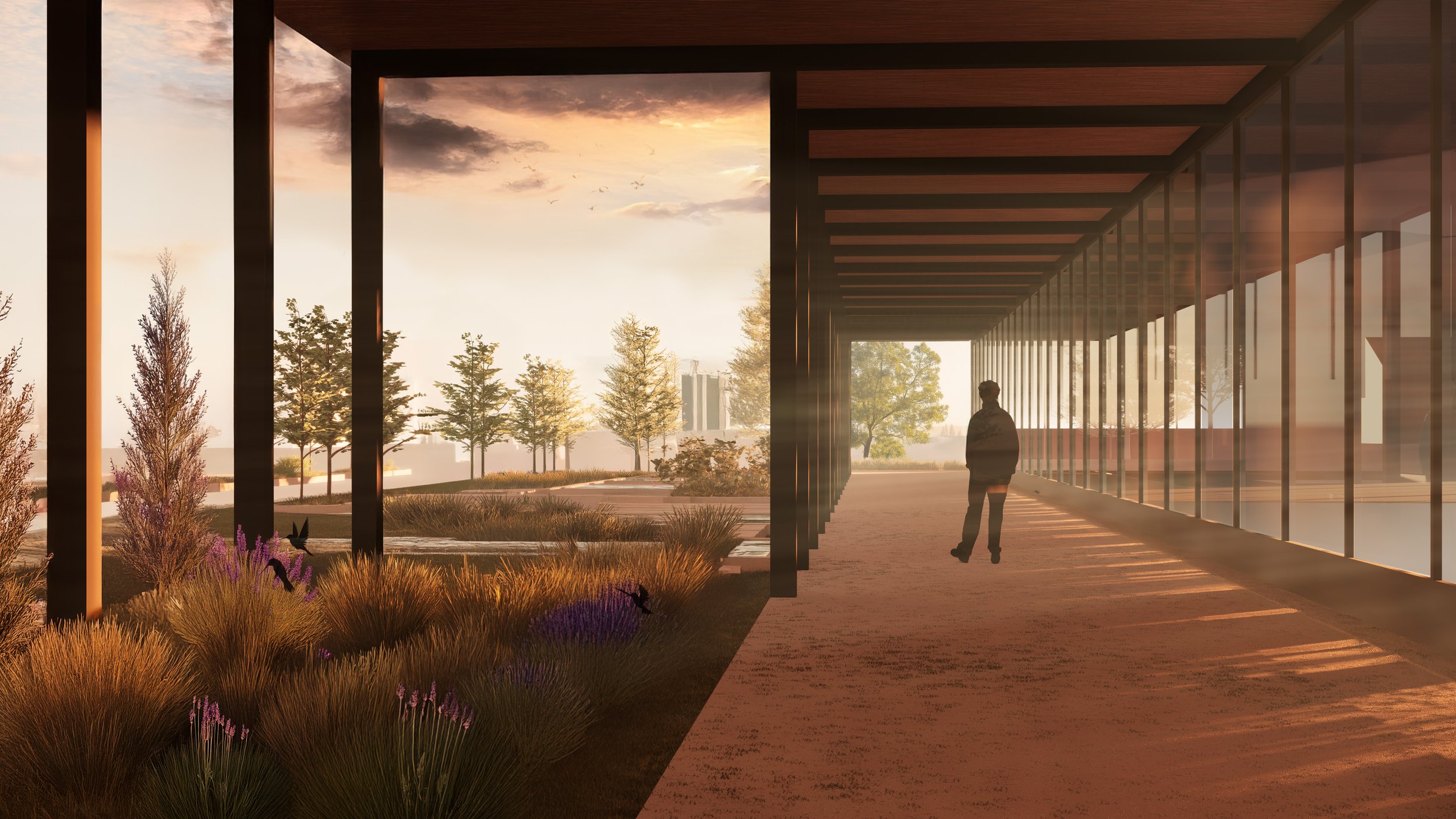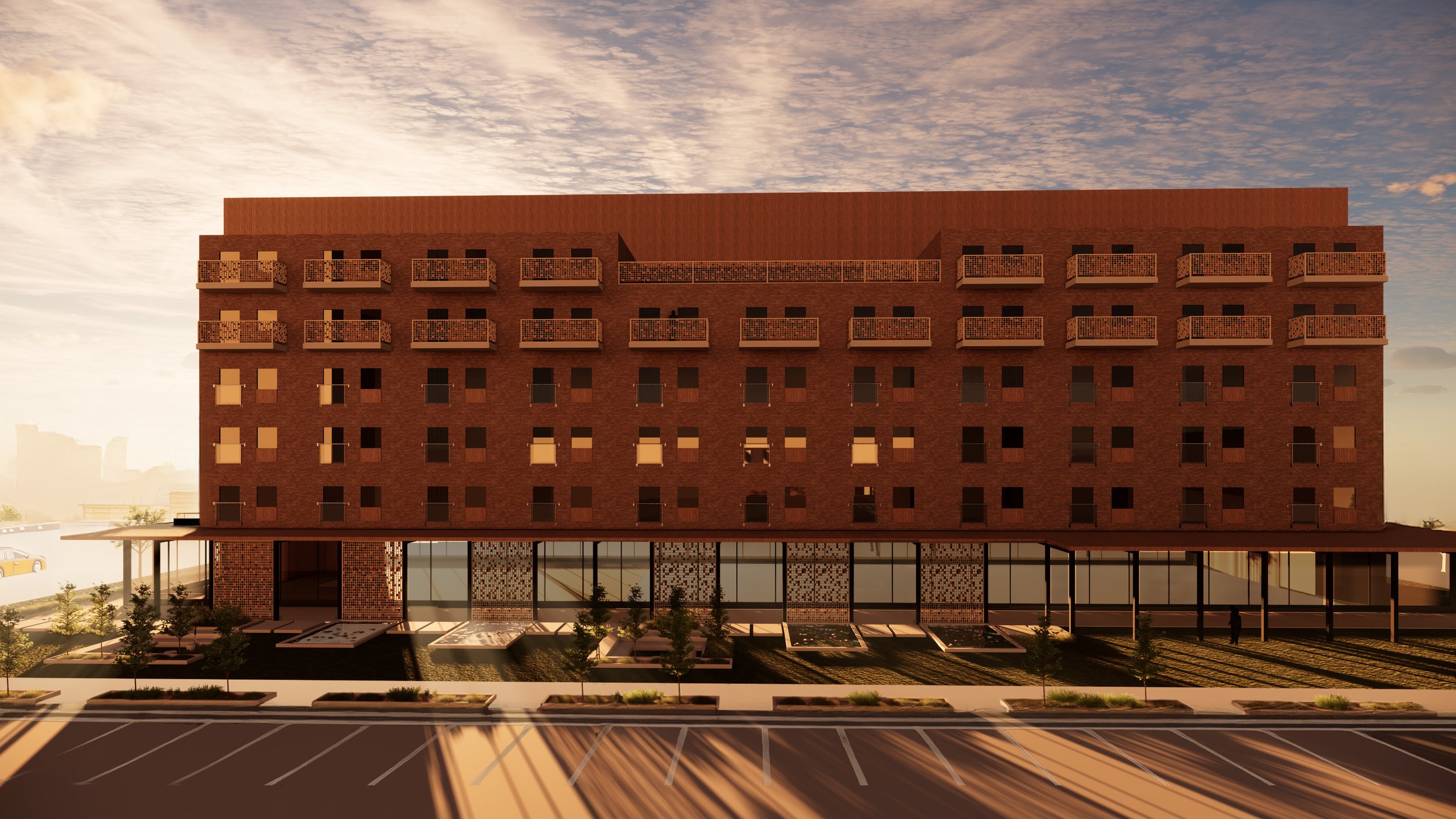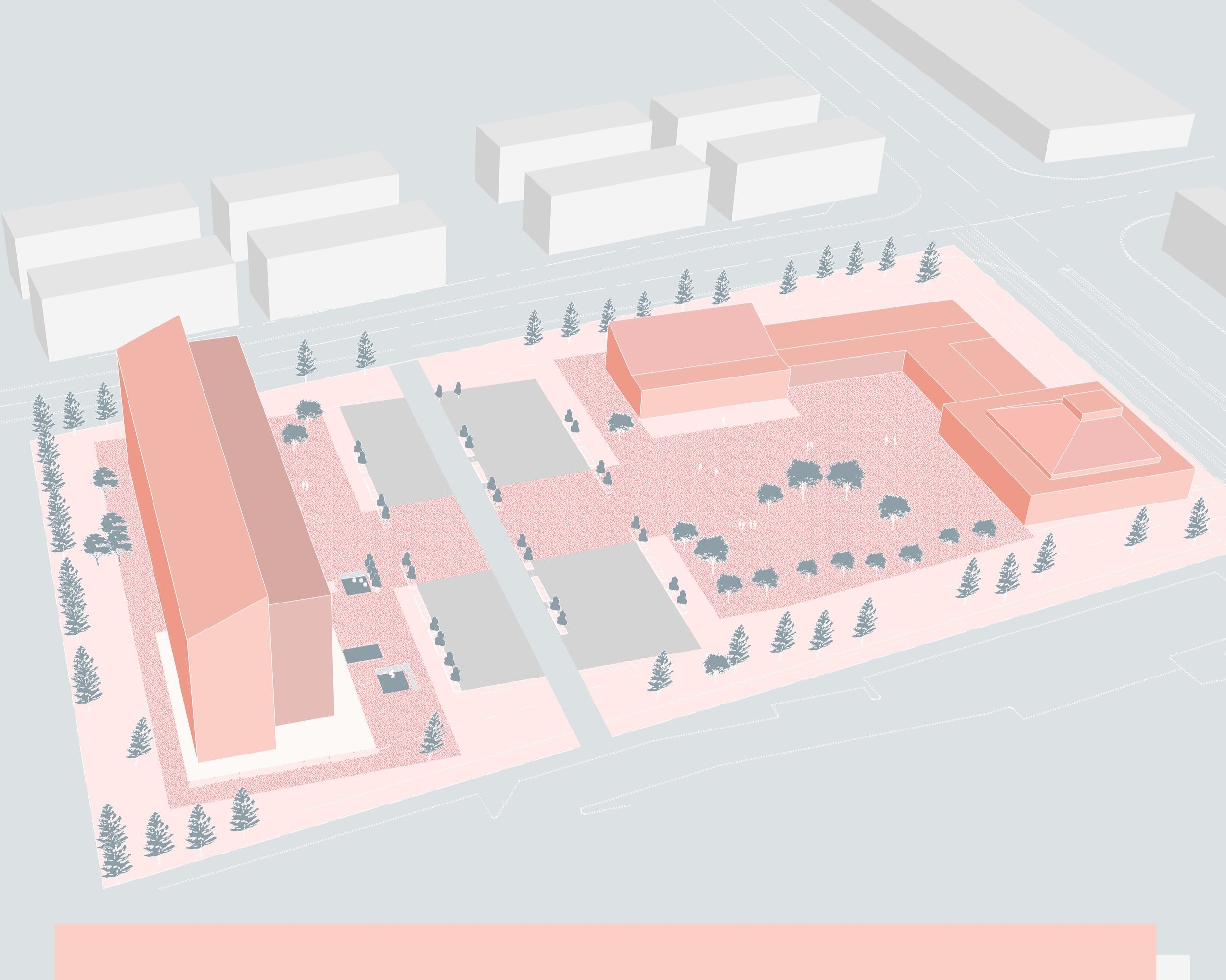Building Communities for Aging in Place: The Importance of Integrated Living
Working with Clients to Achieve Their Visions – The Power of Feasibility Studies
A new feasibility study by Studio VMA helping clients achieve their mass timber and biophilic vision through detailed research and prototype design.
As our population ages, the need for well-designed, community-centered housing for aging in place has never been more urgent. Many individuals today face significant challenges in finding housing that meets their physical needs and fosters a sense of belonging, independence, and well-being. Aging in place should not be an isolated experience but rather an extension of a thriving, intergenerational community that supports social connections, cultural engagement, and a sense of purpose.
A groundbreaking feasibility study, The Ashiyana Mission Aging in Place Community Development, designed by Studio VMA, explores innovative methods in sustainable construction. This study builds upon the client's vision to create a safe, inclusive, and environmentally conscious living environment. With plans to house approximately 200 individuals, the development includes shared community spaces that cultivate social interaction and support systems within a warm, biophilic setting. In addition to residences, the project features a multi-purpose community hall and thoughtfully designed outdoor amenities that integrate nature and encourage active living.
Why Community-Based Aging in Place Matters
The transition into housing for aging in place should not mean detachment from one’s family, cultural spaces, and places of worship. Individuals thrive when they remain close to their families, social networks, and familiar environments. Studies have shown that social isolation can lead to declining mental and physical health, whereas strong community connections promote longevity and overall well-being.
By situating housing for aging in place within a broader community framework, we ensure that residents remain engaged with their surroundings. This feasibility study by Studio VMA integrates spaces for intergenerational interaction, allowing for meaningful connections between older adults and younger generations. Whether through shared programming, community events, or simply the natural proximity of living close to families, this approach fosters a sense of inclusion and purpose.
Sustainability and Innovation in Aging-in-Place Housing
Mass timber construction in housing for aging in place presents numerous benefits beyond environmental sustainability. Mass timber provides a natural warmth and aesthetic appeal that enhances well-being. Studies suggest that biophilic design—incorporating natural materials like wood—positively impacts mental health, reducing stress and improving cognitive function.
In addition to its biophilic qualities, mass timber is an excellent choice for sustainable construction. It significantly reduces embodied carbon compared to conventional concrete and steel structures, making it an ideal material for responsible development. Prefabrication further enhances this approach by reducing construction time, minimizing waste, and ensuring high-quality, precise assembly of components.
This feasibility study incorporates advanced bio-based products, including wood-fibre insulation and sustainable exterior cladding. These materials contribute to energy efficiency and help create a comfortable, high-performance building envelope that keeps operating costs low—an essential factor in making housing for aging in place more attainable.
Designing for Safety, Comfort, and Accessibility
Ensuring the safety and security of individuals aging in place is paramount. Mass timber construction is durable and demonstrates excellent fire resistance due to its charring properties, which slow down combustion and maintain structural integrity in the event of a fire.
Beyond safety, accessibility is a core design principle in this development. The residences are designed with barrier-free layouts, ensuring ease of movement for those with mobility challenges. Features such as wide doorways, step-free entries, and conveniently located community spaces contribute to a more inclusive and dignified living experience.
Holistic Well-Being and Multigenerational Engagement
Housing for aging in place should be more than just a place to reside—it should be a place to thrive. This feasibility study emphasizes holistic well-being by incorporating communal spaces that support physical, mental, and spiritual health. Including outdoor amenities, meditation areas, and cultural programming spaces provides residents with opportunities to stay active and socially engaged.
One of the most exciting aspects of this project is its commitment to intergenerational connection. The development includes a dedicated children’s learning center, fostering relationships between older adults and younger generations. Research suggests that intergenerational programs can reduce loneliness among individuals aging in place while providing children with valuable mentorship and a sense of continuity in community values.
A Model for Future Developments
The Ashiyana Mission Aging in Place Community Development, as envisioned in this feasibility study by Studio VMA, serves as a replicable model for other communities seeking sustainable and inclusive solutions for housing. Integrating mass timber, prefabrication, and community-driven design principles demonstrates how thoughtful planning can create enriching environments for individuals aging in place while reducing the environmental footprint of new developments.
More importantly, this project underscores the need for housing for aging in place to be developed within the heart of communities rather than on the outskirts. By keeping individuals close to their families, cultural centers, and areas of spirituality, we foster an environment of dignity, connection, and lifelong engagement.
The future of housing for aging in place lies in creating spaces that honour the wisdom, contributions, and needs of aging adults—ensuring they remain an integral part of the communities they helped build.





